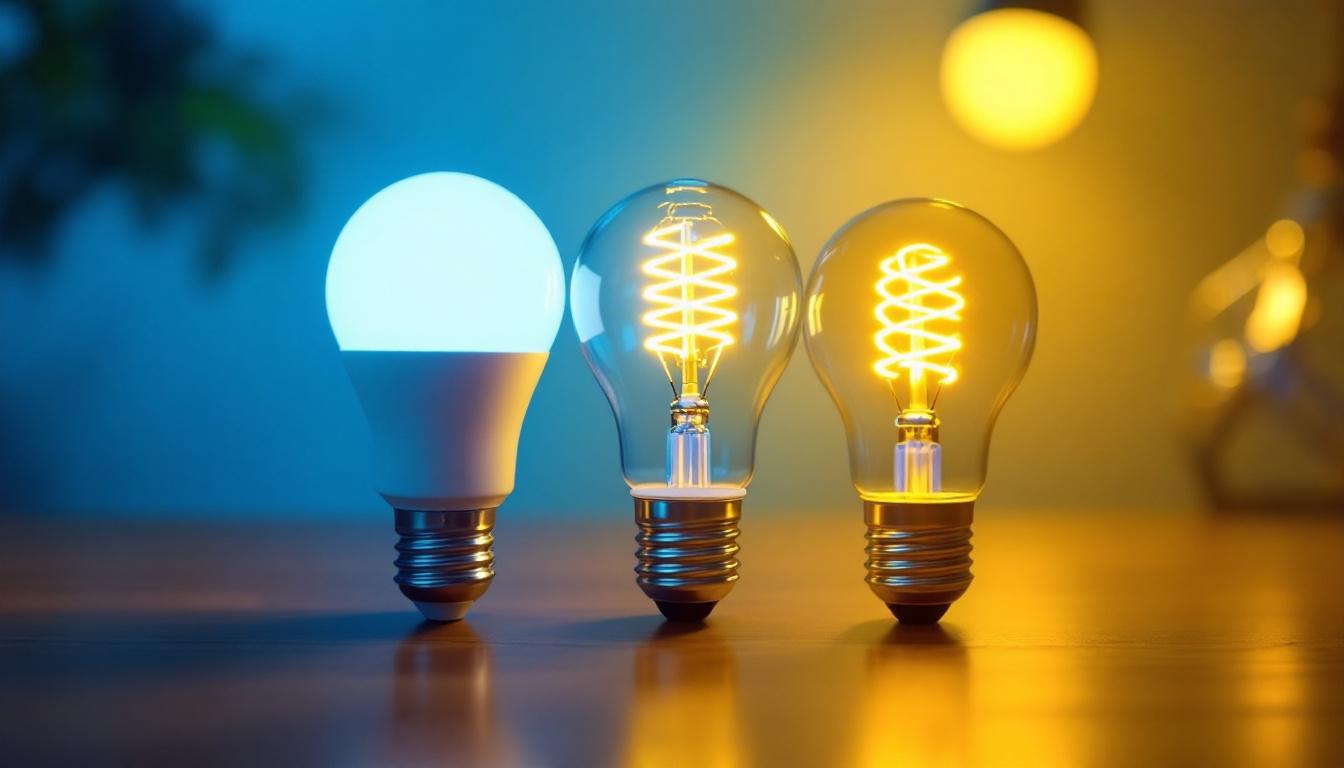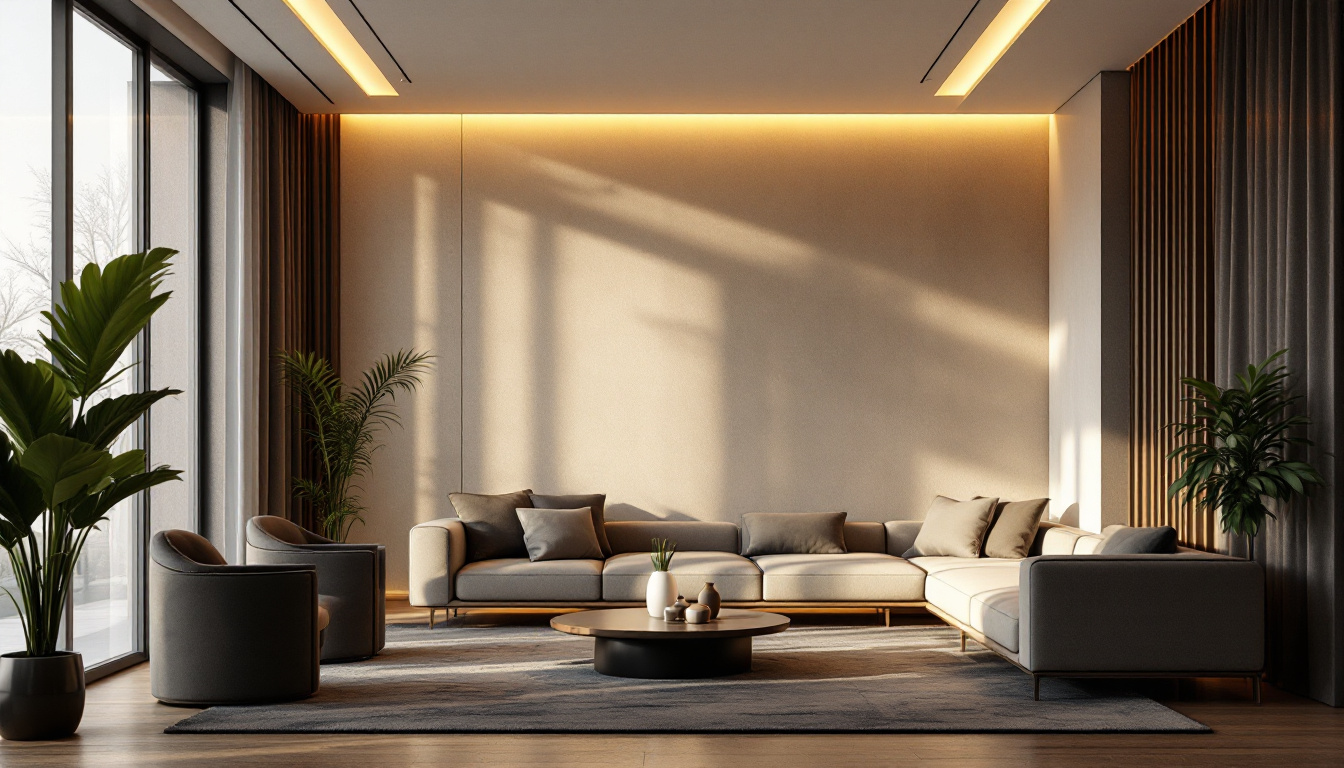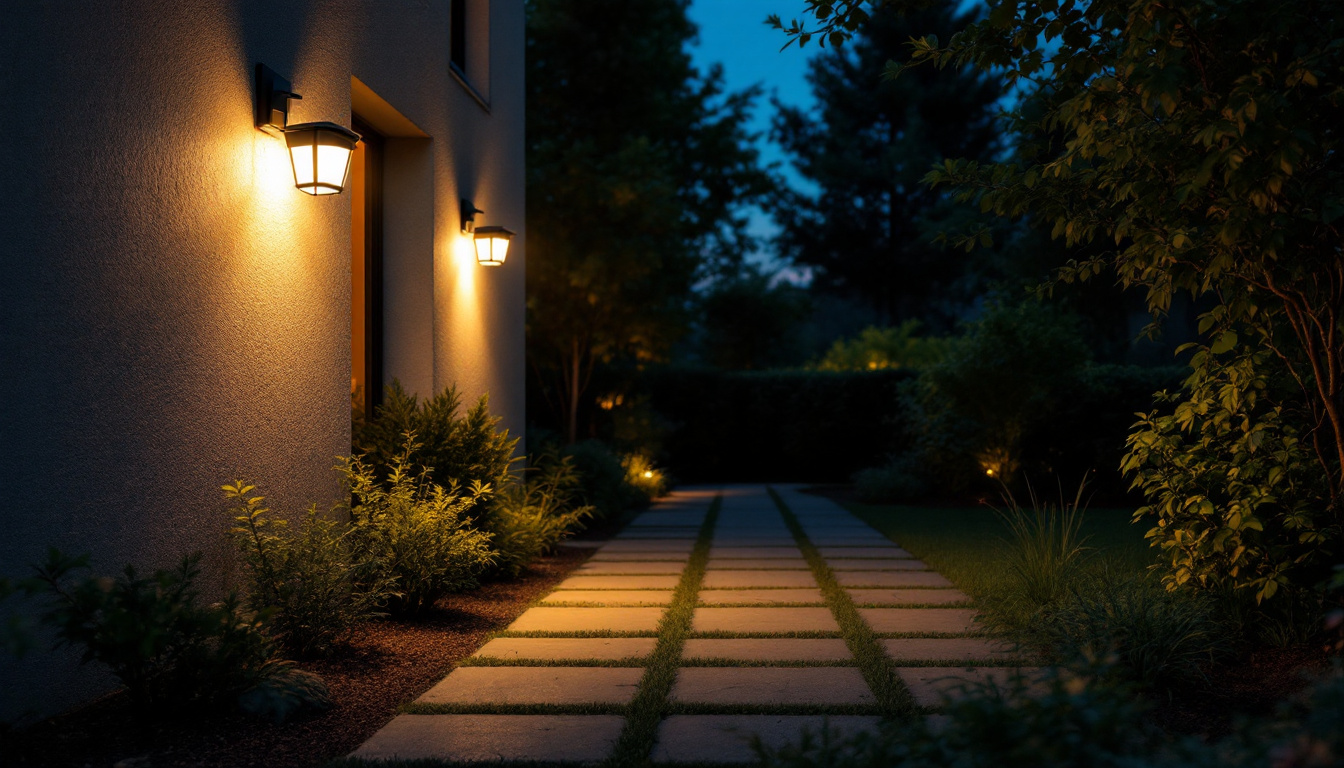
The lighting industry is undergoing a significant transformation as LED technology increasingly replaces traditional fluorescent lighting. For lighting contractors, understanding this shift is crucial not only to stay competitive but also to meet the evolving demands of clients who prioritize energy efficiency, sustainability, and long-term cost savings.
Fluorescent lighting has been a staple in commercial and industrial environments for decades due to its relatively low cost and efficiency compared to incandescent bulbs. However, advances in LED technology have introduced a superior alternative that offers enhanced performance, durability, and flexibility. This transition is more than a trend; it represents a fundamental change in how spaces are illuminated and managed.
Contractors who specialize in lighting installations must be well-versed in the benefits and challenges of converting fluorescent systems to LED. This knowledge enables them to provide informed recommendations, optimize project outcomes, and contribute to the broader goals of energy conservation and environmental responsibility.
One of the most compelling advantages of LED lighting is its remarkable energy efficiency. LEDs consume up to 75% less energy than traditional fluorescent lights, translating into substantial reductions in electricity bills for businesses. Furthermore, LEDs have a significantly longer lifespan, often lasting up to 25,000 hours or more, which minimizes the frequency of replacements and the associated labor costs. This longevity not only benefits the bottom line but also reduces waste, aligning with the growing emphasis on sustainability in today’s market.
Moreover, the versatility of LED technology allows for a wide range of applications, from ambient lighting in offices to specialized lighting in retail environments. The ability to easily integrate smart technology with LED systems enhances their appeal, enabling features such as dimming, color changing, and automated control through mobile devices. As businesses increasingly seek to create dynamic and adaptable spaces, the shift towards LED lighting is not just a matter of efficiency; it is also about enhancing the overall experience for employees and customers alike.
One of the most compelling reasons for switching from fluorescent to LED lighting is the significant reduction in energy consumption. LEDs use up to 50-70% less energy than fluorescent tubes to produce the same amount of light. This efficiency translates directly into lower electricity bills for building owners and facility managers. As energy prices continue to rise, the financial incentive to adopt LED technology becomes even more pronounced, making it a smart choice for both new constructions and retrofitting projects.
For contractors, this means that retrofitting existing fluorescent fixtures with LED alternatives can be a strong selling point. Clients are increasingly aware of the financial benefits of energy-efficient lighting, making LED upgrades an attractive investment with a relatively quick payback period. Additionally, many utility companies offer rebates and incentives for businesses that make the switch to LED, further enhancing the financial appeal. This trend not only supports the bottom line for clients but also contributes positively to the overall sustainability goals of the community.
LEDs also offer a much longer operational life compared to fluorescent lamps. While fluorescent tubes typically last between 7,000 and 15,000 hours, LEDs can operate for 50,000 hours or more under optimal conditions. This extended lifespan reduces the frequency of replacements, lowering maintenance costs and minimizing disruptions in commercial and industrial settings. The reduced need for frequent bulb changes means that facilities can allocate their maintenance budgets more effectively, directing funds towards other critical operational needs.
Furthermore, LEDs do not contain mercury, a hazardous material found in fluorescent tubes, which simplifies disposal and reduces environmental risks. For lighting contractors, this aspect enhances the appeal of LED solutions, especially in projects where sustainability is a priority. The ability to promote a product that not only saves money but also supports environmental stewardship resonates well with clients who are increasingly prioritizing eco-friendly practices. As the demand for sustainable solutions grows, the adoption of LED lighting is likely to play a pivotal role in shaping the future of energy-efficient design and construction.
LED technology offers improved light quality with higher color rendering indexes (CRI) compared to fluorescent lighting. This means that colors appear more natural and vibrant under LED illumination, which is particularly important in retail, healthcare, and educational environments where accurate color perception is essential.
Additionally, LEDs provide consistent brightness without the flickering or humming often associated with fluorescent tubes. This improvement contributes to better visual comfort and reduces eye strain for occupants, enhancing overall productivity and satisfaction. The ability of LEDs to maintain their color temperature over time also ensures that spaces remain visually appealing and functional, which is crucial for environments such as art galleries and museums where lighting plays a key role in showcasing artwork.
Unlike fluorescent tubes, LEDs are highly versatile in terms of form factor and control options. They can be integrated into a wide range of fixtures, including linear, recessed, and decorative designs, allowing for creative and customized lighting solutions.
Moreover, LEDs are compatible with advanced lighting controls such as dimmers, occupancy sensors, and daylight harvesting systems. This compatibility enables contractors to design intelligent lighting systems that further optimize energy use and adapt to the needs of the space in real-time. The integration of smart technology not only enhances user experience but also contributes to sustainability efforts by reducing energy consumption and lowering carbon footprints. As a result, businesses can achieve both aesthetic appeal and operational efficiency, making LED lighting a preferred choice in modern architectural designs.
The environmental benefits of switching from fluorescent to LED lighting extend beyond energy savings. Because LEDs consume less power, they contribute to lower greenhouse gas emissions associated with electricity generation. This reduction in carbon footprint aligns with global sustainability goals and corporate social responsibility initiatives. Moreover, the longevity of LED bulbs—often lasting up to 25 times longer than traditional fluorescent bulbs—means fewer replacements and less waste in landfills, further enhancing their environmental appeal.
Lighting contractors who promote LED retrofits can position themselves as partners in environmental stewardship, appealing to clients who prioritize green building certifications such as LEED or WELL. By integrating smart lighting controls and energy management systems, contractors can also help clients optimize their energy consumption, leading to even greater reductions in carbon emissions. This holistic approach not only showcases the contractor’s commitment to sustainability but also enhances the overall value proposition for clients looking to invest in eco-friendly solutions.
Regulatory landscapes are increasingly favoring LED technology due to its efficiency and safety advantages. Many regions have implemented or are planning to implement restrictions on the sale and installation of fluorescent lighting, particularly those containing mercury. Staying informed about these regulations is essential for contractors to ensure compliance and avoid potential liabilities. Additionally, as governments and organizations ramp up efforts to combat climate change, incentives such as rebates and tax credits for LED installations are becoming more common, providing further financial motivation for clients to make the switch.
By proactively adopting LED solutions, contractors can future-proof their projects and provide clients with lighting systems that meet or exceed current and anticipated standards. This foresight not only safeguards against regulatory changes but also positions contractors as industry leaders who are committed to innovation and sustainability. As the demand for energy-efficient solutions continues to grow, staying ahead of the curve will be crucial for contractors looking to maintain a competitive edge in the marketplace.
Before undertaking a fluorescent-to-LED conversion, contractors must thoroughly assess the existing lighting infrastructure. This includes evaluating fixture compatibility, electrical wiring, and control systems. Some LED retrofit kits are designed to work with existing ballasts, while others require ballast bypass or complete fixture replacement.
A detailed site survey helps identify the most cost-effective and efficient upgrade path, minimizing installation time and potential complications.
Proper installation is critical to achieving the expected benefits of LED lighting. Contractors should follow manufacturer guidelines closely, paying attention to factors such as heat dissipation, fixture orientation, and electrical connections. Poor installation can lead to reduced lifespan, flickering, or safety hazards.
Additionally, commissioning and testing the new lighting system ensures that it meets design specifications and client expectations. This step is vital for building trust and securing repeat business.
Effective communication with clients about the advantages and limitations of LED lighting is essential. Contractors should provide clear information on energy savings, maintenance requirements, upfront costs, and potential rebates or incentives. Managing expectations helps prevent misunderstandings and fosters long-term satisfaction.
Furthermore, offering ongoing support and maintenance services can differentiate contractors in a competitive market, building strong client relationships.
The transition from fluorescent to LED lighting is just one phase in the broader evolution of the lighting industry. Emerging technologies such as human-centric lighting, IoT-enabled smart systems, and advanced sensors are shaping the future of how spaces are illuminated and experienced.
Lighting contractors who embrace LED technology today position themselves to capitalize on these innovations. By integrating LED solutions with smart controls and data analytics, contractors can offer clients dynamic lighting environments that enhance comfort, productivity, and energy management.
Staying informed about industry trends, investing in training, and fostering partnerships with manufacturers will be key strategies for contractors aiming to lead in this rapidly changing landscape.
The growing importance of changing fluorescent lighting to LED cannot be overstated in the modern lighting industry. For lighting contractors, this transition represents an opportunity to deliver superior value through energy efficiency, improved lighting quality, environmental benefits, and compliance with evolving regulations.
By understanding the technical, economic, and practical aspects of LED retrofits, contractors can meet the needs of increasingly discerning clients while contributing to a more sustainable future. The shift to LED lighting is not merely a replacement; it is a strategic advancement that defines the future of lighting design and implementation.
Ready to lead the charge in the lighting industry’s shift from fluorescent to LED? LumenWholesale is your trusted partner, offering an extensive selection of top-quality, spec-grade LED lighting products at unbeatable wholesale prices. Say goodbye to inflated markups and hello to reliable, high-performance lighting that meets the highest industry standards. With free shipping on bulk orders, we ensure you get the best value without any hidden fees. Elevate your lighting projects and embrace the future of energy-efficient design with Wholesale Lighting at the Best Value from LumenWholesale.

Discover innovative strategies and cutting-edge technologies employed by smart lighting contractors to transform ordinary spaces into extraordinary environments.

Illuminate your expertise with our comprehensive checklist for solar security lighting.

Discover the frequent pitfalls lighting contractors face when working with 4 lamp T8 ballasts.

Discover the top-rated LED flood lights and learn why every lighting contractor must stay updated.